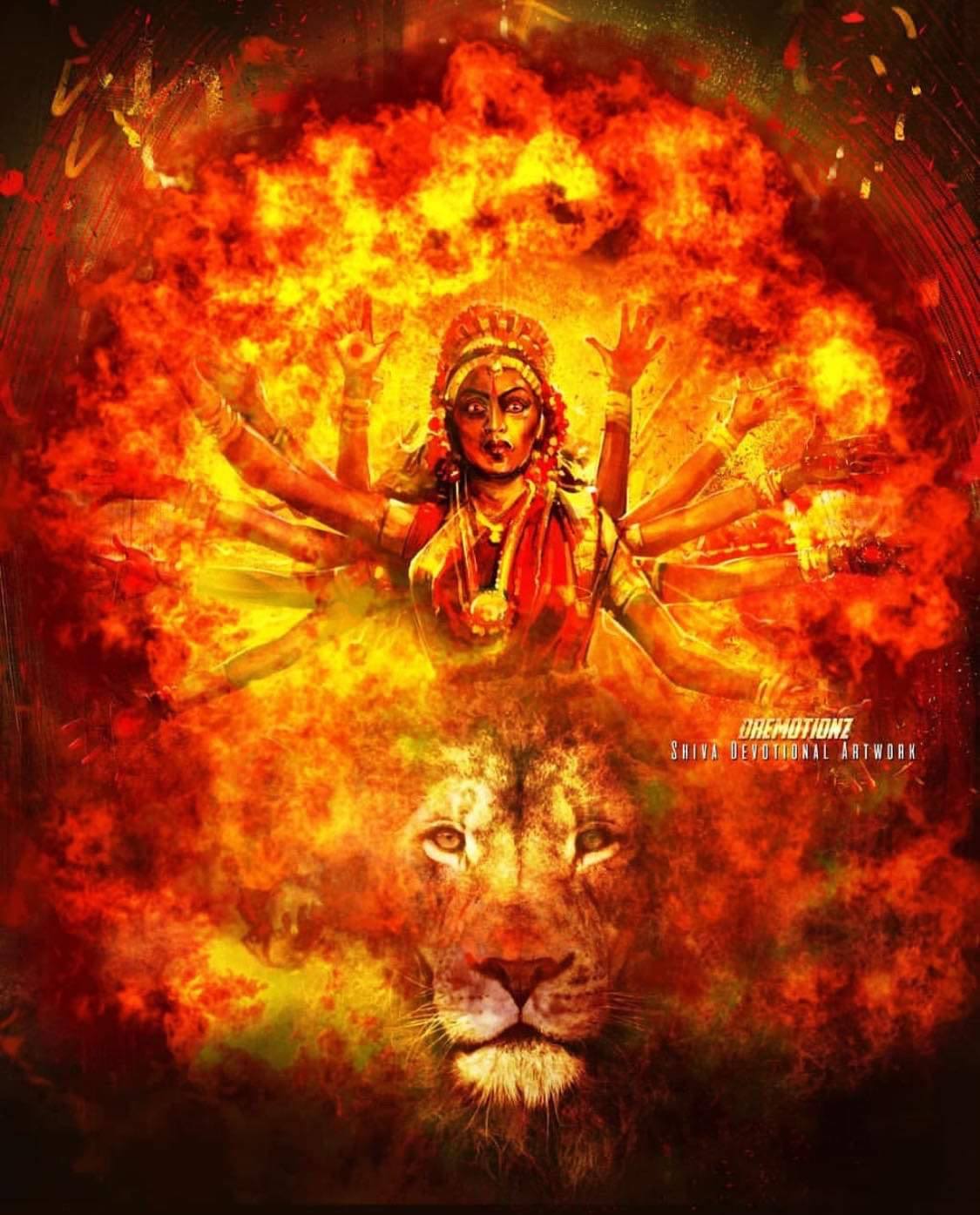Note on Prajna-Vritti


To know any object, the Atman needs a Vritti. A Vritti is a cognitive modification of the mind. The light of the Atman reflected upon a vritti is called ‘knowledge’.
The external vrittis and smriti-vrittis are gross (sthula) and impure (ashuddha) vrittis. They are enough to gain knowledge of external objects. But they are incapable of revealing subtle truths about Atman, Brahman, gods and goddesses. These truths are mostly in transcendental (atindriya) plane. To realise such higher truths we need very subtle, very pure, sattvic, buddhi-vritti called prajna-vrittis. They are produced by the higher Buddhi, not ordinary mind.
Gods and goddesses remain in very subtle bodies. They cannot be seen with ordinary physical eyes. They can only be ‘realised’ in the depths of one’s consciousness, and for these experience we need subtle, pure, prajna-vrittis. Each devata has his own or her own specfic prajna-vritti. If you want to realise Mother Kali, you must have Kali-vritti in your buddhi; if you want to realise Krishna, you must have Krishna-vritti in your mind. These prajna-vrittis are present in most people in a dormant state, in the depths of consciouness. Through purification of mind and practice of spiritual disciplines such as intense prayer, meditation, japa etc., the appropriate prajna-vritti gets aroused or awakened, and this will result in the direct vision of the particular Deity. This experience is known as aparoksha-anubhuti, direct, immediate, mystical experience. [Ordinary perception of external objects is gained through the meditation of indiryas or sense organs; hence they are indirect, mediate, paroksha experiences.]
The type of Ishta-Devata a person chooses, and the type of prajna-vritti that is roused, depend upon his or her temperament. Those who are of a Vaishnava temperament will find it easier to rouse the Prajna-vritti of Krishna or Rama in them. Those who are of a Shakta temperament will find it easier to rouse the Prajna-vritti of Devi in them.
DISCLAIMER: The author is solely responsible for the views expressed in this article. The author carries the responsibility for citing and/or licensing of images utilized within the text.
